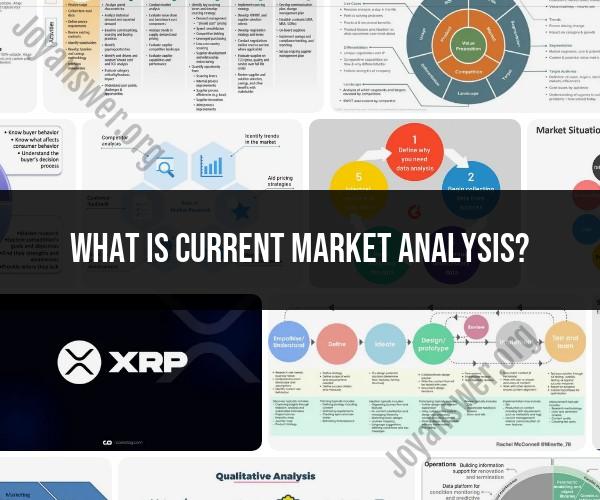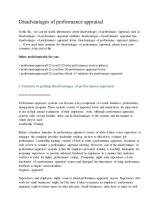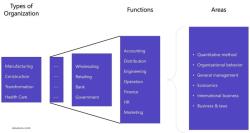What is current market analysis?
Current market analysis, also known as real-time market analysis or real-time market research, is the process of gathering, evaluating, and interpreting up-to-the-minute data and information about a specific market or industry. This analysis is focused on understanding the most recent trends, developments, and conditions in the market, allowing businesses to make timely and informed decisions. Unlike traditional market analysis, which may rely on historical data and trends, current market analysis provides insights into the market's current state.
Key aspects of current market analysis include:
Real-Time Data: Current market analysis relies on the most recent data available, often from the present day or recent weeks. This data can come from various sources, including market research firms, industry reports, government agencies, surveys, and digital analytics.
Immediate Insights: The goal of current market analysis is to provide immediate insights into market conditions, consumer behavior, competitive activities, and emerging trends. This allows businesses to respond quickly to changing circumstances.
Market Monitoring: Businesses continuously monitor the market landscape to stay updated on shifts in demand, supply, pricing, consumer preferences, and competitor strategies.
Digital and Social Media Monitoring: Current market analysis often involves monitoring digital and social media channels to gauge consumer sentiment, track brand mentions, and assess the impact of marketing campaigns in real time.
Competitor Tracking: Businesses keep a close eye on their competitors to understand their actions, product launches, marketing campaigns, and customer feedback as they happen.
Industry News: Staying informed about industry news, events, and regulatory changes is crucial for current market analysis. Business news sources, trade publications, and industry conferences are valuable resources.
Consumer Feedback and Reviews: Analyzing customer feedback and reviews on platforms like social media, review websites, and e-commerce sites provides insights into customer satisfaction, product performance, and emerging issues.
Adapting Strategies: Businesses use the insights gained from current market analysis to adapt their marketing, sales, pricing, and product development strategies quickly. This agility is essential in dynamic markets.
Risk Mitigation: Identifying potential risks and threats in real time allows businesses to take proactive measures to mitigate them. This can include adjusting inventory levels, revising marketing campaigns, or diversifying supply chains.
Opportunity Identification: Businesses also use current market analysis to spot opportunities for growth, whether it's expanding into new market segments, launching timely promotions, or introducing innovative products or services.
Decision Support: Current market analysis provides decision-makers with the most current information they need to make informed choices. This can be especially valuable during periods of rapid change or uncertainty.
Strategic Planning: While current market analysis is focused on immediate needs, it also informs long-term strategic planning. Understanding current market dynamics helps businesses shape their future direction.
In summary, current market analysis is a dynamic and real-time approach to understanding market conditions, customer behavior, and competitive landscapes. It empowers businesses to respond swiftly to changes, seize opportunities, and manage risks effectively in today's fast-paced business environment.
The Basics of Current Market Analysis in Business
A current market analysis is a process of gathering and analyzing data about the current state of the market in which a business operates. It involves identifying the target market, assessing the competitive landscape, and understanding the industry trends.
A current market analysis is important for a number of reasons. First, it helps businesses to understand their target market and the needs of that market. This information is essential for developing products and services that will meet the needs of customers.
Second, a current market analysis helps businesses to identify their competitors and to assess their strengths and weaknesses. This information can be used to develop competitive strategies and to differentiate the business from its competitors.
Third, a current market analysis helps businesses to understand the industry trends that are likely to impact their business. This information can be used to develop long-term strategies and to ensure that the business is prepared for change.
Key Components of a Comprehensive Current Market Analysis
A comprehensive current market analysis should include the following components:
- Target market analysis: This section should identify and describe the business's target market. This includes understanding the target market's demographics, needs, wants, and behaviors.
- Competitive analysis: This section should identify and assess the business's competitors. This includes understanding the competitors' products or services, pricing, marketing strategies, and target markets.
- Industry analysis: This section should provide an overview of the industry in which the business operates. This includes understanding the industry trends, size, growth potential, and key players.
Using Market Trends and Data for Current Market Analysis
Market trends and data can be used to inform all aspects of a current market analysis. For example, market trends can be used to identify emerging opportunities and threats in the market. Market data can be used to quantify the size of the market, the market share of competitors, and the growth potential of the market.
There are a number of sources of market trends and data. Some common sources include:
- Industry reports: Industry reports provide in-depth analysis of specific industries. They often include information on market trends, size, growth potential, and key players.
- Government statistics: Government agencies collect a wide range of data on the economy, including data on specific industries and markets.
- Trade associations: Trade associations often collect data on their members' industries and markets.
- Social media: Social media can be used to track trends in consumer behavior and preferences.
By using market trends and data, businesses can develop a comprehensive and accurate understanding of the current market. This information can then be used to make informed decisions about the business's products or services, pricing, marketing strategies, and long-term plans.
Here are some additional tips for using market trends and data for current market analysis:
- Be specific: Don't just rely on general market trends. Identify the specific trends that are most relevant to your business and target market.
- Be realistic: Don't overestimate or underestimate the impact of market trends on your business.
- Be objective: Analyze the market trends and data objectively. Avoid letting your personal opinions or biases influence your analysis.
- Use your findings: Use the findings from your market analysis to make informed decisions about your business.
By following these tips, you can use market trends and data to develop a comprehensive and accurate current market analysis. This information can then be used to make informed decisions about your business's products or services, pricing, marketing strategies, and long-term plans.













